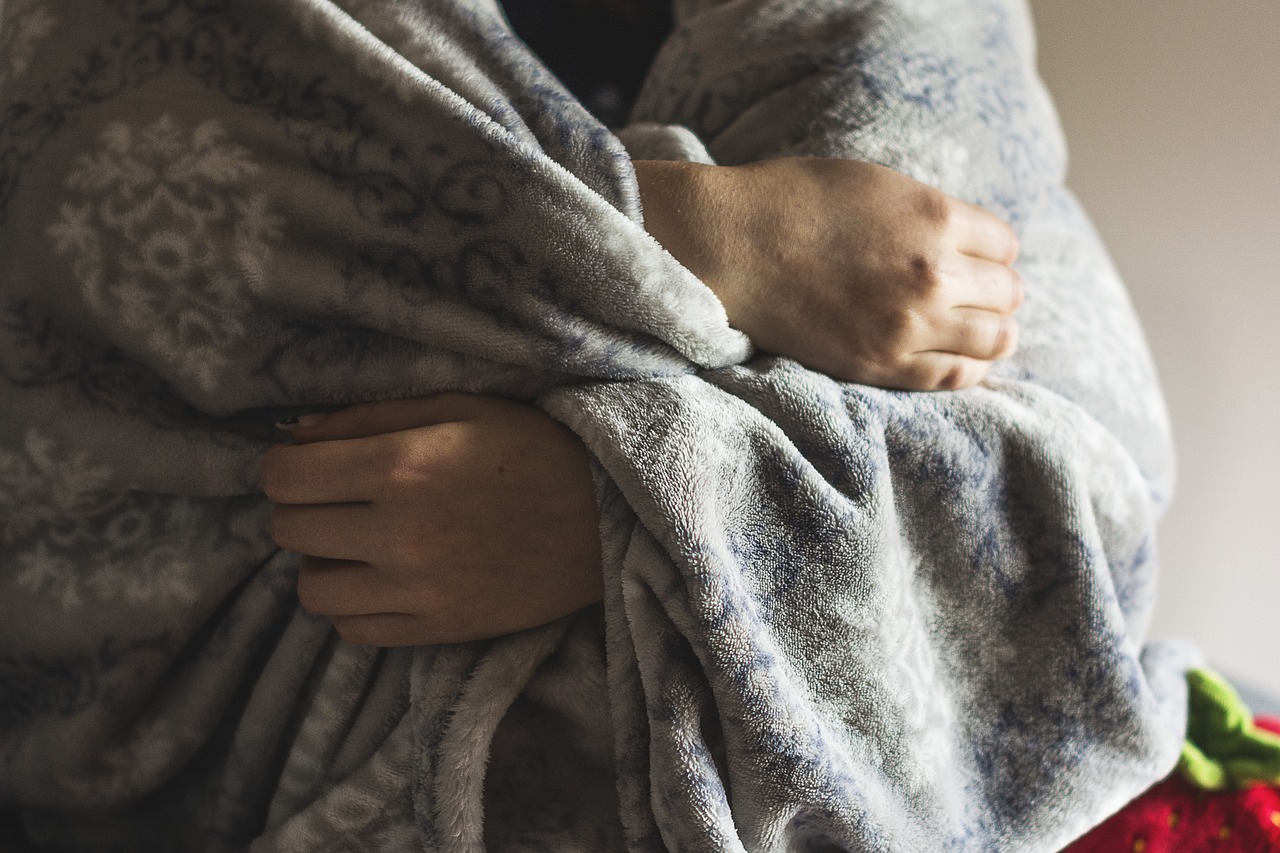Save Money
8 Free Ways to Prepare for Higher Winter Heating Costs

It’s clear that it’s going to be an expensive winter keeping your house warm. But there are some things you can do to prepare for high heating costs, that won’t cost you anything.
According to the National Energy Assistance Directors’ Association, heating a typical home in colder areas of the country with natural gas will cost more than $1,568.
Get An Energy Audit
First, call your local utility company to get an energy audit of your house. Many utility companies offer these for free or at a very low cost. In an audit, the utility company rep will come to your house and thoroughly check for any energy leaks in your house that could cause your energy bill to be higher than it should. Once you know where your problems are, you can take care of them and work on getting your energy bill under control.
If your local utility doesn’t offer a free energy audit, you can do a free virtual energy audit at the government’s Home Energy Saver website which will also allow you to compare your heating bill to others in your area.
![]()
8 Free Ways to Prepare for Higher Winter Heating Costs
Here are some other things that you can do at no cost to help reduce your heating bill:
1. Turn Down the Thermostat: The basic rule of thumb is that for every degree you turn down your heat, you save 3% in energy costs. Keep the thermostat as low as possible in the winter while still being comfortable. The closer your indoor temperature is to the outdoor temperatures, the lower your overall heating bill will be.
2. Put On an Extra Layer: There is no reason to walk around your house looking like the Michelin Man during winter, but at the same time, there’s no reason to lounge around the house in a tank top and shorts. Put on a comfortable extra layer (a thermal undershirt or a nice sweater) while in the house and lowering your thermostat will be easier.
3. Close Heating Vents: Search rooms that are rarely used and close the heating vents. Why heat a room no one is using? Before closing the vents, however, make sure there are no thermostat sensors in the room. If a sensor is located in a room that you close off, you might actually make your furnace work harder since it’ll try to warm a room that you have prevented from being warmed.
4. Clear Heating Vents: Although you want to close heating vents in the rooms you aren’t using, you also want to make sure they are clear in the rooms that you are using. Make sure rugs or furniture are not covering vents so the heat can circulate freely.
5. Close Doors: Close the doors to rooms that aren’t being used, especially closet doors. There is no reason to heat these spaces if nobody is there.
6. Close and Open Curtains and Shutters: Open your curtains and shutters wide on south-facing windows. This will let in as much sunshine as possible to help warm the house. Only close them after the sun has gone down. At the same time, close the curtains and shutters on the north side of the house as this will help insulate the house and keep heat from escaping.
7. Turn Off Ventilating Fans: Only use ventilating fans in the kitchen, bathroom, and other areas when you need them and turn them off immediately once afterward. Accidentally leaving a ventilating fan on can clear out all the warm air in your house in about an hour.
8. Check the Fireplace Flue: Check the seal on your fireplace flue damper and adjust it to as tight as possible. A large gap in the flue is the same as having a window partially open in the room and the warmed air will go straight up the chimney.
Read More on Reducing Heating Costs:
- Don’t Adjust Your Thermostat: Why I Don’t Turn Down the Thermostat At Night
- Save Money On Your Utility Bill Using A Time Of Day Rate Plan
- Check Our Our Forums Thread On Savings Tips
Read the full article here

-

 Side Hustles6 days ago
Side Hustles6 days agoWhy the Best CEOs Think Like Anthropologists
-

 Make Money7 days ago
Make Money7 days agoEarn More in 2025: Top 10 High-Yield Savings Accounts Revealed
-

 Side Hustles4 days ago
Side Hustles4 days agoThis User-Friendly H&R Block Software Package is Only $40, While Supplies Last
-

 Side Hustles7 days ago
Side Hustles7 days ago10 Roles That Are Surprisingly Well-Suited for Outsourcing
-

 Side Hustles7 days ago
Side Hustles7 days agoWhat to Do If TikTok is Banned — How to Protect Your Brand
-

 Passive Income7 days ago
Passive Income7 days agoHow Pets Can Promote Better Health and Well-Being in the Workplace
-

 Investing4 days ago
Investing4 days agoTikTok faces US ban deadline as users brace for fallout By Reuters
-

 Personal Finance7 days ago
Personal Finance7 days agoBiden cancels more student loans with one week left to his term


















